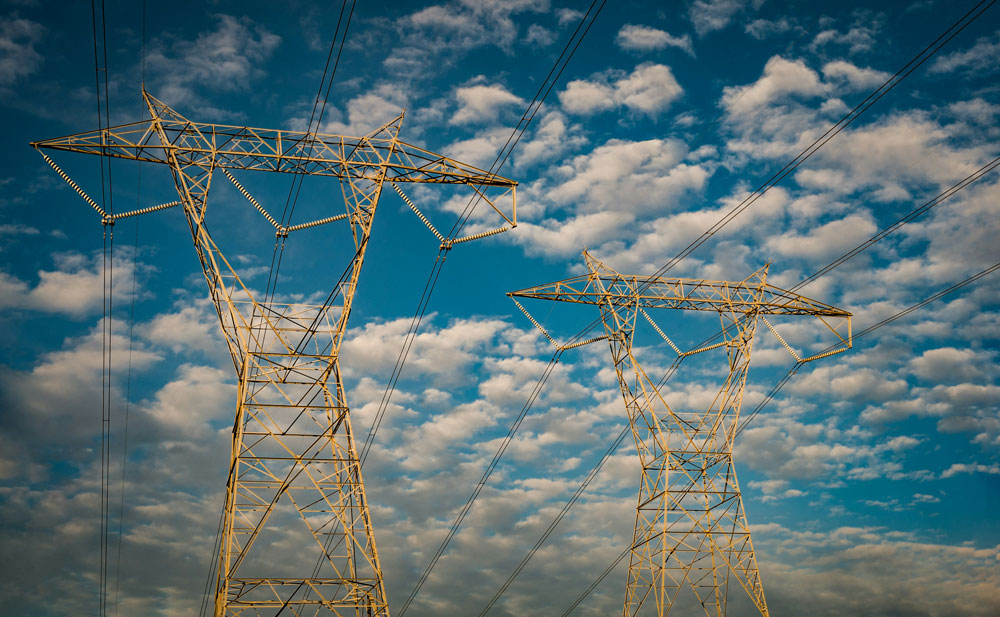Power Factor (PF) is the ratio between the amount of total energy supplied (measured in Kilo Volt Amperes or KVA) and the amount of energy that does useful work (measured in Kilo Watts or KW). Some resistive equipment (heating elements, incandescent light bulbs, etc.) uses all the energy supplied to produce useful work. Since they are using 100% of the total energy supplied for useful work (producing heat and/or light) they have a 100% power factor. Other types of equipment (motors, HID lighting, etc.) require power to produce magnetic fields (KVAR) which must be established before useful work can be done. This type of equipment has a power factor of less than 100%.
For example: A motor requires current to create the magnetic fields inside the windings that causes a bunch of wire and metal to become a motor. These magnetic fields must be present before the motor can begin to turn and produce any useful work. These magnetic fields must also be maintained while the motor is running.
Since some of the energy (KVA) is used to create these magnetic fields and the rest is used to do useful work (KW), the power factor is less than 100%. For a motor the power factor may be 80%. This means 80% of the total power (KVA) supplied to the motor is producing useful work (KW). The remaining power (KVAR) is used to produce the magnetic fields within the motor.


